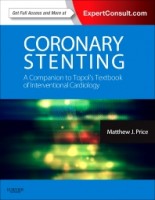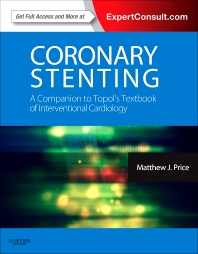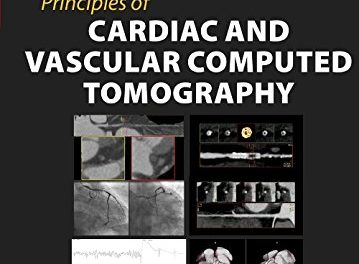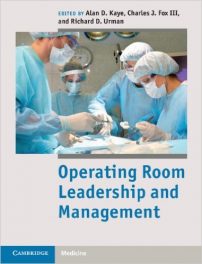 Editor: Matthew J. Price
Editor: Matthew J. Price
Publisher: Elsevier Saunders – 238 pages
Book Review by: Nano Khilnani
This book like other Elsevier books, is mobile, searchable, and expandable. You can study smart with www.ExpertConsult.com. Go to the inside front cover of this textbook, scratch off the sticker and get the Activation Code. Then with that code, go and register and activate this title at Expert Consult. Once you have done this, you can:
• Access the full text online in searchable format through your computer or any Internet-ready device, download figures, images, and enjoy additional content. This book will now fit in your pocket on a smart phone or tablet, delivering information where and when you need it.
• Perform rapid searches on any topic
• Search all Expert Consult titles you own.
• Link to PubMed abstracts for most biographical references
Dr. Matthew J. Price, the editor of this book writes that its purpose is “to provide a broad and deep understanding of the field of coronary stenting that can be applied in the research setting and in clinical practice in particular.”
To that end, this book, in his own words:
• Discusses the development and history of stents
• Focuses on the fundamentals of stent design, in which safety is validated in preclinical models
• Examines the adjunctive devices and pharmacologic measures that can optimize clinical outcomes during and after stent implantation
• Discusses the clinical differences between bare metal and drug-eluting stents that may guide operator decision-making
• Provides a detailed focus on the role, techniques, and outcomes of stenting in particular types of coronary anatomies and patient populations, incorporating the most recent randomized clinical trials that can inform patient management.
This book of 18 chapters with articles contributed by 19 cardiac specialists including the editor is organized into four sections, namely
1. Prologue – with one chapter on the history and development of coronary stents
2. Basic Principles – with chapters 2 through 6, on the fundamentals of drug-eluting stent design; preclinical evaluation of coronary stents; design, analysis, and interpretation of comparative-effectiveness studies; pathology of drug-eluting stents in humans; and bioresorbable coronary scaffolds.
3. Clinical Use – with chapters 7 through 12, on the efficacy and safety of bare metal and drug-eluting stents; clinical presentation, evaluation, and treatment of restenosis; intravascular ultrasound-guided coronary stent implantation, optical-coherence tomography: stent implantation and evaluation; and fractional flow reserve-guided percutaneous coronary intervention; and optimal antithrombotic therapy.
4. Specific Lesion Subsets – with chapters 13 through 18, on the role of drug-eluting stents or cardiac bypass surgery in the treatment of multivessel coronary artery disease; left main coronary artery stenting; stenting approaches on to the bifurcation lesion; chronic total occlusions; bypass graft intervention; and stenting in acute myocardial infarction.
Chapter organization is superb. Just below each chapter title and bylines of the authors is a colored box entitled Key Points outlining the most important points to be discussed in the chapter. This gives the student an overview of the chapter material. Topics and subtopics are then laid out and discussed.
Interspersed throughout the text are black-and-white charts, diagrams, formulas, microscopic images, photos, tables and other visual depictions (such as angiograms of arteries and other blood vessels). All these are used to help the reader better grasp the material presented in the text portions of each chapter.
Photos and illustrations of a large variety of stents are also presented in this book, particularly in chapter 1. Some of them are: the balloon expandable stent, the slotted tube balloon expandable stent, the slotted tube stent, and the self-expanding Wallstent.
Stents named after their creators are also shown, such as the Gianturco-Roubin stent (made of round wire wrapped around a balloon) which was the first stent placed in humans in the United States.
The Palmaz-Schatz stent was the first articulated stent, which was later modified and known as the Crown Stent. This was further modified and improved and known as the Velocity stent. It is truly fascinating to see the pictures of different stents and read up on what problems they helped solve in patients to save them and keep them alive.
At the end of each chapter are Conclusions and a list of References – books and other materials for further study.
This book is extensive as well as intensive on the subject of coronary stenting. Dr. Michael Price is to be congratulated for his superb organizational work, and the authors for their excellent, lucid writing.
Matthew J. Price, MD is Director of the Cardiac Catheterization Laboratory at Scripps General Hospital, and is also affiliated with the Division of Cardiovascular Disease at Scripps Clinic. He is an Assistant Professor at the Scripps Translational Science Institute in La Jolla, California.







